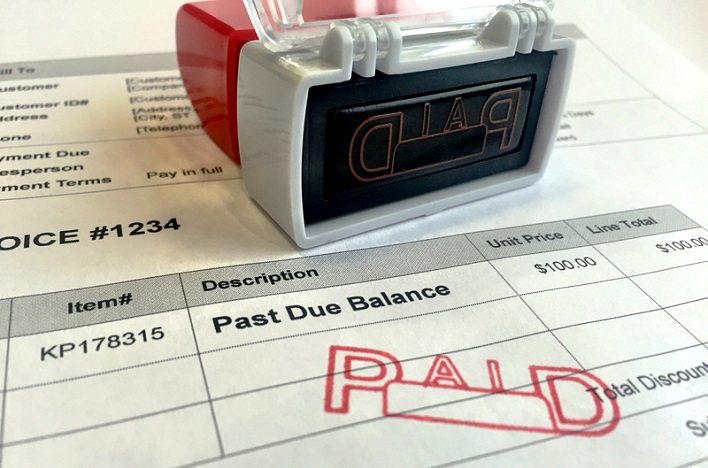What would you do if you had $250,000 in unpaid receivables?
Janet is a founder and CEO who hired me to help to grow her business, which she planned to sell in three to five years. Janet’s company had a steady revenue stream from a strong book of large corporate clients—all the right topline ingredients for growth. Except one: Janet’s aging receivables of 60 days or more totaled a quarter of a million dollars.
Like Janet, many business owners are so focused on generating revenue that they often overlook the invoicing and collections process. The longer a receivable is outstanding, the potentially more challenging collection becomes—and the bigger an impact it has on cash flow.
Why Customers Don’t Pay
There can be many reasons why a customer invoice is unpaid. These can include:
- Internal disconnects between offices and business units
- Employee changes or a leave of absence
- Missing forms or documents that must be completed before payment can be issued
- Lack of agreement on or confusion about payment terms
- Payment terms that are not specified on the invoice
Janet’s primary contact at several companies was an executive in one location and an accounts payable office in another location. Before you pick up the phone or hit send, assume only that you don’t know the real reason for the unpaid invoice.
Collect Unpaid Invoices and Manage Relationships
Identify your strongest points of contact // Start by calling your company’s strongest point of contact with the customer. If you have a salesperson with relationships within the company, your best option may be to have them reach out to initiate the conversation.
Call your strongest customer contact // Your strongest customer contact may be unaware that there is an issue. Ask your contact for advice and assistance for resolving the issue—often, that person will advocate on your behalf. This approach is especially important for maintaining the business relationship and ensuring future orders. Be sure to clarify agreed-upon action steps for resolution, and request introductions to the customer’s key employees in payment processing.
Send an Email Summary of Your Call // Document your phone conversation with a follow-up email, outlining the action steps. Attach a soft copy of the invoice to your email, as well as any other forms required for payment processing.
Write a Thank-You Note When Payment is Received // Appreciation is always appreciated. Thank all of the customer contacts who helped to resolve issues and expedite payment.
It took three months, but all $250,000 of Janet’s unpaid receivables were collected. In my next post, I’ll review the Relationship Manager’s Guide to Preventing Past Due Receivables.

